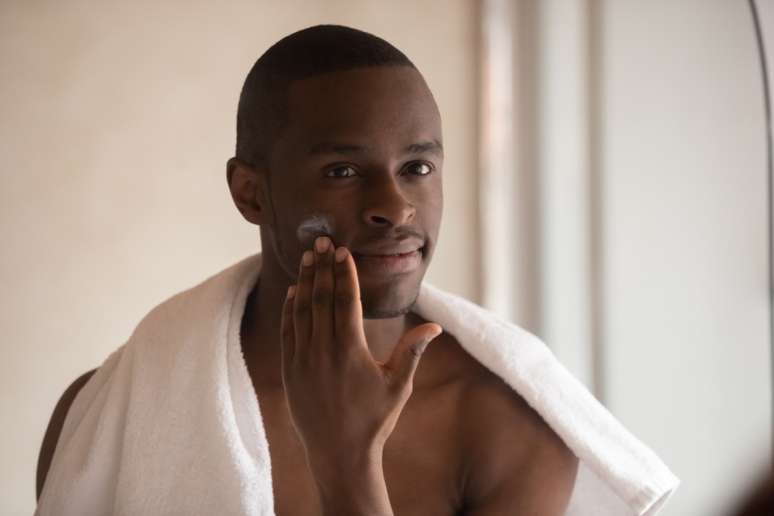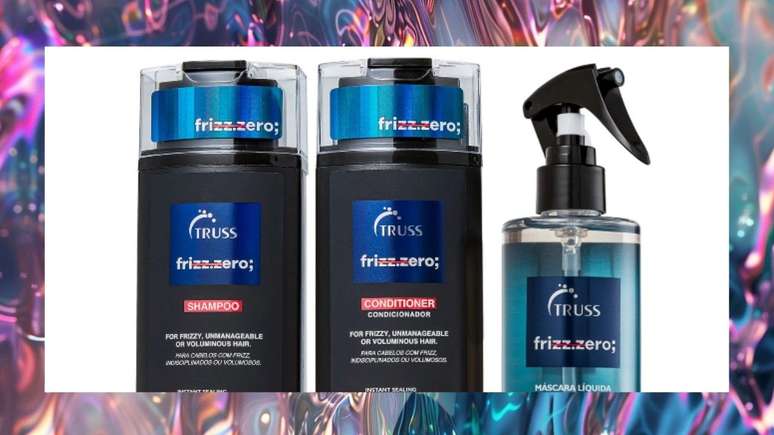The dermatologist explains how important some attention is with this type of procedure
Exfoliation is considered an essential step in your skincare routine. skin care of many people. This is because it is a procedure that aims to remove dead cells and impurities from the surface layer, revealing softer, smoother and brighter skin underneath. However, great care is needed to avoid causing damage to the skin.
“Exfoliation removes the stratum corneum, eliminating dead cells, debris, remains of epithelium, sebum and residues that often adhere more closely to the skin surface. Therefore, the ideal is for this process to be carried out in autumn and winter, since the low L The incidence of sunlight helps prevent problems that can be caused by this renewal of the most superficial cells of the skin”, explains dermatologist Dr. Claudia Marçal, member of the Brazilian Society of Dermatology (SBD) and the American Academy of Dermatology .
Furthermore, as the doctor explains, exfoliating helps fight the intense damage caused to the skin by the sun during the summer. “Exfoliating also makes the skin thinner, softer and more receptive to hydration, which is very important in winter, when the skin tissue tends to suffer more from dryness,” he explains.
Skin that benefits from exfoliation
Not all kinds of skin benefit from exfoliating – and you need to pay close attention to the frequency and use of other types of products by those who use the exfoliant. According to Dr. Claudia, dry skin, for example, does not need exfoliation.
“The exfoliant should also not be used on sensitized skin, post-procedure and on the same day as the use of the acids so as not to irritate or encourage a process of contact dermatitis with the acid itself”, underlines the doctor.
On the other hand, oilier, hyperkeratinized, aged, dirty skin or that requires deeper cleansing with a cell renewal action, benefits from exfoliation, according to the dermatologist.
Exfoliating skin care
As for frequency, oily skin should be exfoliated twice a week. Normally, the process can be done at most once a week to remove dead cells. If the process is done excessively, it can damage the skin barrier.
“One of the functions of the skin is that of a barrier, a protective layer of our body. Technically speaking, this protective layer is called the stratum corneum, the outermost layer of the epidermis, which acts as a shield, preventing contamination from the external environment with the internal environment. But many lifestyle habits, including the use of inappropriate products, interfere with the skin barrier, weakening the cells and their cohesion, which makes us more sensitive”, explains Dr. Claudia Marçal.
The way in which exfoliation is carried out can also cause damage to the skin barrier, with the appearance of wounds, pain and even scars. “Another important issue is not to also use exfoliants indicated for the body on the face, since body exfoliants have larger particles and heavier carriers, which can make the skin on the face red, sensitive and more oily,” says the dermatologist.

How to use exfoliant on your skin?
Dr. Claudia Marçal reminds us that exfoliants should preferably be applied in the evening, after cleansing the skin. “The product should be massaged lightly with circular movements. The exfoliant can be left on the skin for two or three minutes, especially if it contains anti-aging or anti-inflammatory active ingredients,” she explains. Immediately afterwards, this exfoliant should be removed with room temperature water.
Hydration after exfoliation
What you do after exfoliation also matters to the health of your skin. “In this phase, hydration of the face is essential, since during the execution of the process there is a partial removal of the stratum corneum and the hydrolipidic mantle. As a result, there is a loss of integrity of the skin barrier, which can cause sensitivity , irritation and rebound with anomalous production of fats in physiological response to the aggression suffered”, says the specialist.
Therefore, the dermatologist explains that you must always hydrate the skin with substances capable of retaining the water molecule. “The chosen vehicle must be suitable for your skin type, ranging from a light serum to a nourishing cream with a high lipid profile,” she emphasizes.
Choose the ideal exfoliant
Choosing the right facial exfoliant is essential to maintaining skin health. Dr. Cláudia Marçal underlines the importance of avoiding products with abrasive particles that can cause microcracks and unbalance the skin barrier. She therefore recommends the use of exfoliants with small or medium-sized particles, preferably of natural origin. “Ideally, the exfoliant has uniform particles, like rice exfoliant or apricot seeds,” she points out.
By Guilherme Zanette
Source: Terra
Ben Stock is a lifestyle journalist and author at Gossipify. He writes about topics such as health, wellness, travel, food and home decor. He provides practical advice and inspiration to improve well-being, keeps readers up to date with latest lifestyle news and trends, known for his engaging writing style, in-depth analysis and unique perspectives.







-1jeqinxemvqlg.jpg)

